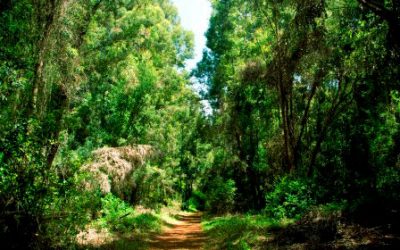By Regina Kimanzi
From an international view, Kenya is a low forest cover country considering that it has less than 10 per cent of total land area classified as forest as recommended by the United Nations.The country’s forest cover is now said to be at 7% having increased by 5.3% since 2013. A report by the environment cabinet secretary Judy Wakhungu earlier this year attributed this to the rehabilitation of over 400,000 hectares of degraded public land, which is part of the government’s strategy to combat desertification.Wakhungu according to The Star Newspaper said only 1.7 per cent of the land was covered by forest in 2013. The government of Kenya says it has partnered with more than 10 African countries and donors to push the tree cover to 10 per cent by 2020.
Kenya’s five main forest areas are namely Mt Kenya, the Aberdare ranges, the Mau complex, Mt Elgon and the Cherangani hills. Destruction of indigenous forests was witnessed between 2000 and 2003, especially in the Mau Complex however the Mt Kenya forest was regenerating during the same period. The Aberdare Ranges, Cherangani and Mt Elgon though not depleted in the period 2000 to 2005, did not regenerate according to a report by Soft Kenya on Forests and Forest Cover in Kenya.
Reforestation efforts by both the civil society and the government since 2005 through eviction of illegal occupants of gazetted forests in Kenya saw significant improvement of the forest cover.The late Prof Wangari Maathai’s Green Belt Movement has also been very instrumental in Kenya’s reforestation efforts up until now.
With the enactment of the Forests conservation and Management Act 2016 administered by the Kenya Forest Service, there is hope for continuous growth of more forest cover as it requires county governments to adopt and implement policies in adherence to the Act as provided under section 21, which requires them to prepare annual reports for the service on forestry activities.


Clearly with the Forests Conservation and Management Act of 2016’s promotion of devolution of forest planning and management chances of improving Kenya’s forest cover are greater. The latest Forest Policy that is in draft form should make the chances even better. It should now be possible to increase our forest cover at a faster rate than the 7% in 2017 to 7.4% in 2020 in the requirements for counties are implemented and enforced. Forest benefits are very important to every human being’s entire well being. Let there be better awareness creation and action if we are to achieve the 10% forest cover which is the bare minimum. Kazi itendwe na sisi wote.